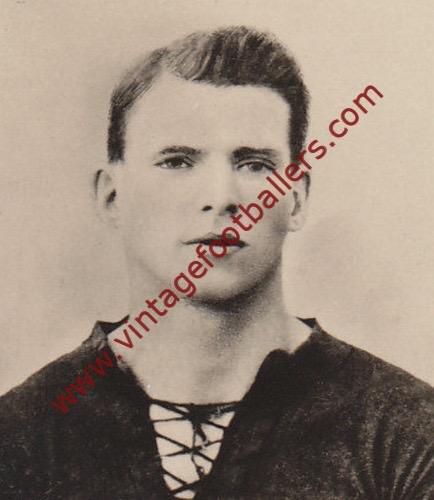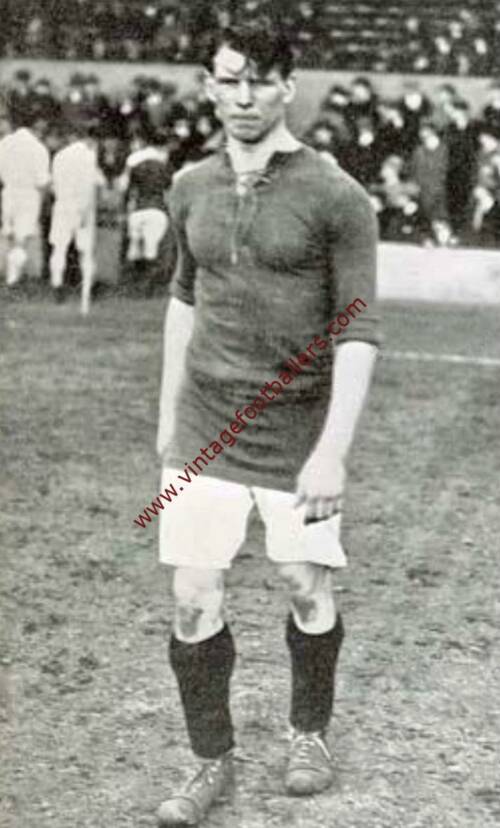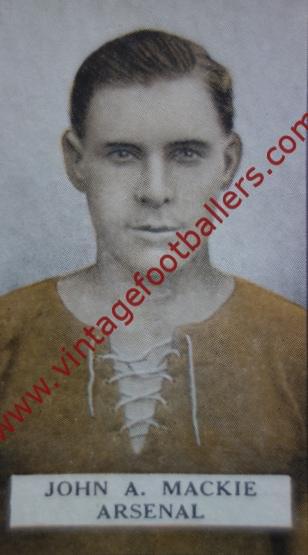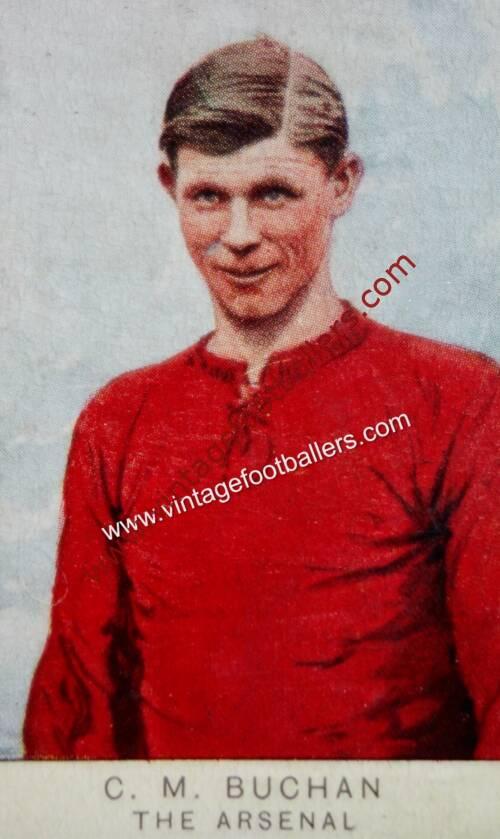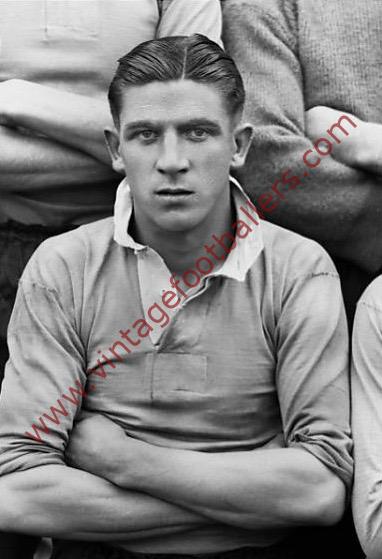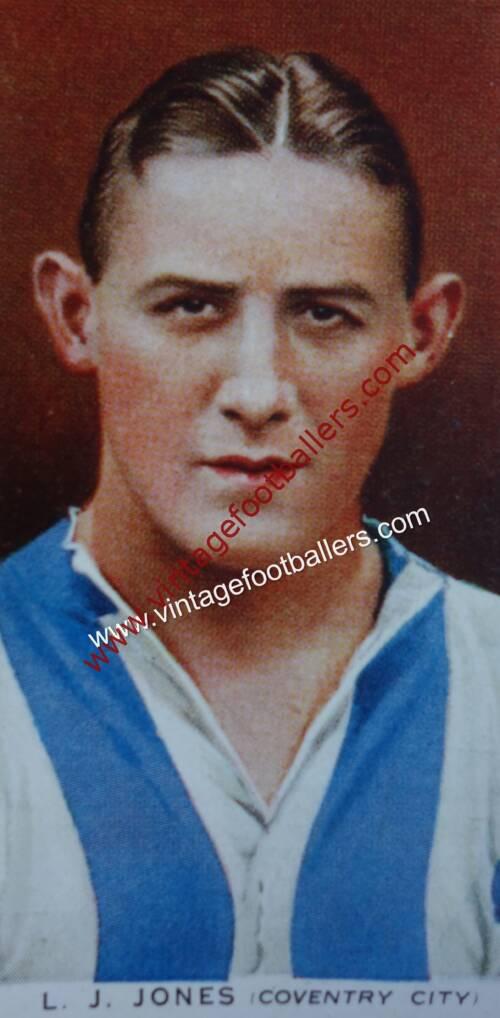Please choose your photo size from the drop down menu below.
If you wish your photo to be framed please select Yes.
Note: 16″x 20″not available in a frame.
Images can also be added to accessories. To order please follow these links
£8.95 – £49.95
Please choose your photo size from the drop down menu below.
If you wish your photo to be framed please select Yes.
Note: 16″x 20″not available in a frame.
Images can also be added to accessories. To order please follow these links
Wing half Tom Whittaker was born at East Cavalry Barracks, Aldershot, Hampshire, but grew up in Newcastle upon Tyne from the age of a mere three weeks. He spent his early football career in the North East of England as a youth player, notably playing for Newcastle Swifts in 1914 whilst training as a marine engineer, later working in that role for Hawthorn Leslie & Co of Tyneside. He was called up to the British Army, serving with The Royal Garrison Artillery, in 1917, moving to Lydd in Kent, before later switching to The Royal Navy. He was demobilised in 1919.
In the meantime, he had continued playing football for his regiment, and after demobilisation, Whittaker forwent his engineering career and joined Leslie Knighton’s Arsenal in November 1919. He first played as centre forward then as wing half, playing both sides during his career. He signed as a professional in January 1920 and made his Football League debut in a 1-0 defeat away to West Bromwich Albion on 6th April 1920 and although he was a regular in the 1921-22 team, scoring once in 42 appearances, he was essentially a reserve team player during five of his six seasons at Highbury.
He toured Australia as part of the Football Association side in 1925, but during the tour, in a match in Wollongong he broke his knee cap and was forced to retire from playing after 2 goals in 70 appearances for The Gunners.
Resolving to carry on in football, he joined Arsenal’s coaching staff and entered study as a physiotherapist. He became Arsenal’s first team trainer under Herbert Chapman in 1927 (whilst still younger than many of the players on the pitch). Whittaker had an important role under Chapman in reforming the training and physiotherapy regime at the club, and played an essential part in the club’s successes of the 1930’s.
After Chapman’s death in 1934, Whittaker continued to serve under his successor, George Allison, and also became a trainer for the England national team. The Second World War saw Whittaker work as an ARP warden, before becoming a pilot in the Royal Air Force, achieving the rank of Squadron Leader. For his service on missions on D-Day, he was awarded an MBE.
With the end of the War, Whittaker resumed his role as trainer at Arsenal. After Allison’s retirement in June 1947, Whittaker became the club’s new manager; under him the club won the League Championship in 1947-48 and again in 1952-53 as well as the FA Cup in 1950. Whittaker sought to attract Blackpool’s Stanley Matthews, who was approached after the Tangerines’ visit to Highbury in 1954. Since Matthews was already receiving football’s maximum wage at Bloomfield Road, he felt there was nothing to be gained by moving south. Matthews, however, stated that he was “very happy” and politely turned down the offer. “Such an approach was against the rules at the time and, consequently, I couldn’t tell anyone about it, and I never have until now.” Whittaker was still at the helm of Arsenal when he died of a heart attack at the University College Hospital, London in 1956, at the age of 58.
NB in the photograph, Whittaker is standing far right, the other players being (l-r) Alex Graham, Frank Bradshaw, Bobby Turnbull and Reg Boreham.
| Weight | N/A |
|---|
